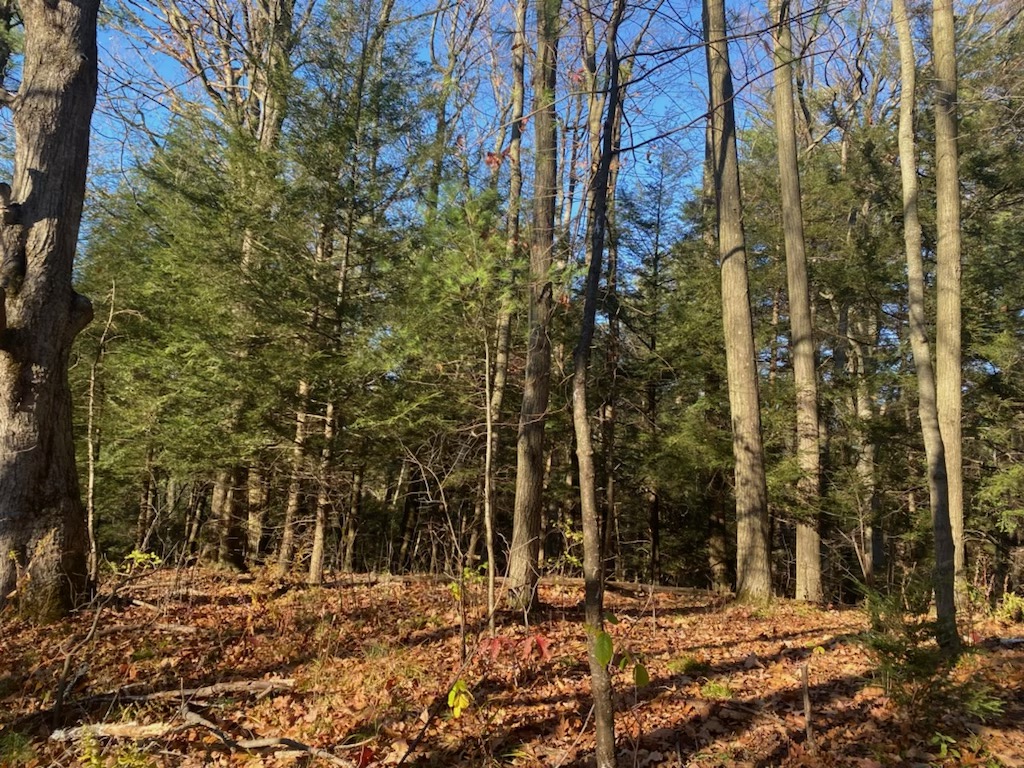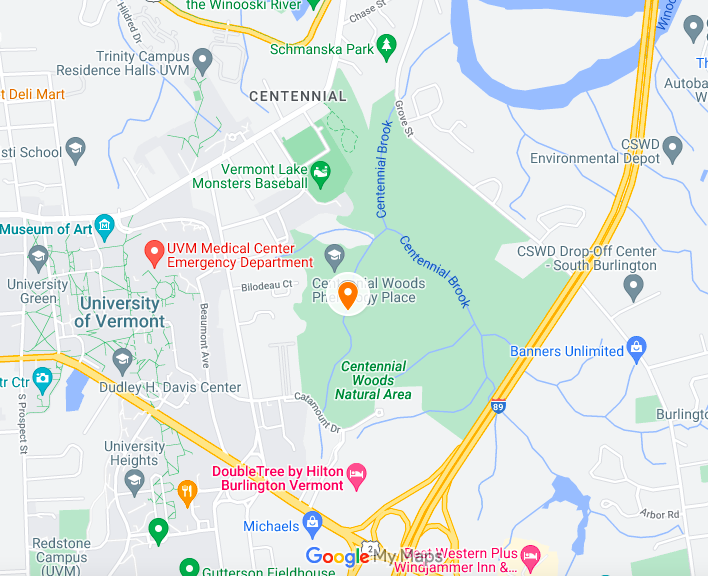Phenology #5

Since the start, this visit has been the biggest change. There was no more snow on the ground and it was very muddy. It being my first spring in Vermont every ecological observation and change in weather is intriguing. Surrounding the American Beech was various plants starting to poke out of the ground and other trees also had noticeably larger buds. I also listened to the birds of Vermont. The bud of my tree seemed to be slightly larger than before. There were very early stages of flowering happening!
















